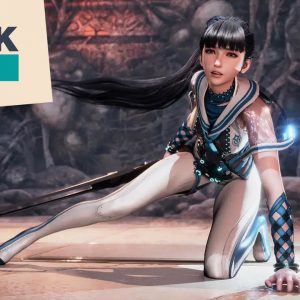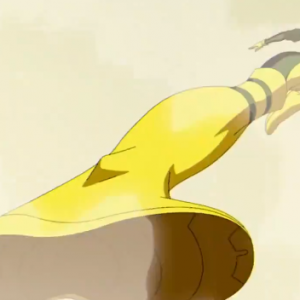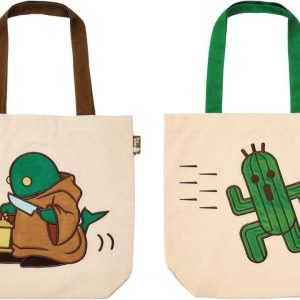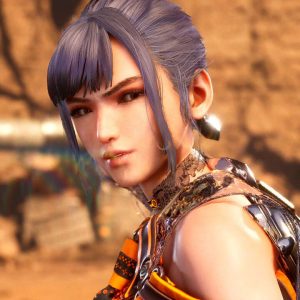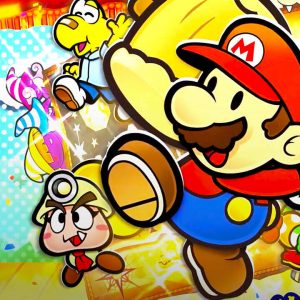For more than 30 years, Mario Kart has been going strong, with the series spanning 14 games. The fundamentals of Nintendo’s wacky racer are largely unchanged from the days of the Super Nintendo: You pick a racer, grab some items to chuck at your friends, and zoom past the finish line. But one overlooked installment played a pivotal role in shaping the series into the classic we know and love today.
Released on November 7, 2003, Mario Kart Double Dash (see at GameStop) epitomizes the GameCube era at its experimental best. After the rousing success of Mario Kart 64, the game’s developers struggled to find a new direction for the series.
In a 2003 interview with Computer and Video Games magazine, producer Shinya Takahashi said the idea of introducing a two-rider system prompted a fiery internal debate:
“The options were either we went ahead with the two characters riding one kart mode, or we went ahead and stuck to the old, existing mode of one character riding on the one kart mode. Actually that kind of discussion was very heated and went on until the last minute.
“After the very many heated discussions we decided on number one, the enjoyable look of the tandem mode. And number two, that the playability of the game made it a kind of party game, that a group of people can join together and enjoy themselves.”
Finally, longtime Mario Kart producer and all-around gaming legend Shigeru Miyamoto insisted the next title needed some new gimmick to lure in a new generation of players, eventually settling the debate on co-op chaos.
In practice, Double Dash’s two-rider system is fantastically odd. Players pick a duo from the 20-character roster—double the number of previous entries. Most riders have unique items: Mario and Luigi have fireballs, Yoshi tosses eggs, and Donkey Kong wields a jumbo banana peel. My personal favorite is Baby Mario and Luigi’s Chain Chomp, which drags you around the course, snacking on other riders along the way. This level of customization had never been seen before, or since, in the world of Mario Kart, allowing you to mix and match your riders and kart to fit your playstyle.
Double Dash turns the thrills and chaos of Mario Kart up to 11. Hardware limitations kept courses fairly flat and bland in older titles, but the GameCube let Nintendo get imaginative. Courses utilize shortcuts and dangerous obstacles in unique ways that have since become commonplace. (Remember that DK Mountain cannon shot that zooms you right to the top of the peak? And how Yoshi Circuit is actually shaped like the green dino?) The Double Dash team even managed to make the always exasperating Rainbow Road unique, with a long mesmerizing ride through a glistening tunnel.
But Double Dash’s legacy is bigger than its courses and racers. It introduced staple options like double-item boxes and a more robust multiplayer with multiple battle game modes. It even reworked drift boosting in sharp turns, adding a colored indicator on the ground that increased by slamming the joystick left and right.
While other racers featuring bandicoots, squirrels, and ogres have come and gone, Mario Kart remains as popular as ever. Part of that success is tied to what Double Dash brought to the table, updating the series’ gameplay to appeal to a new generation for players. It was my first Mario Kart and a game I love dearly, even if it’s mostly been forgotten by those who didn’t spend their childhood with Nintendo’s purple lunchbox.

